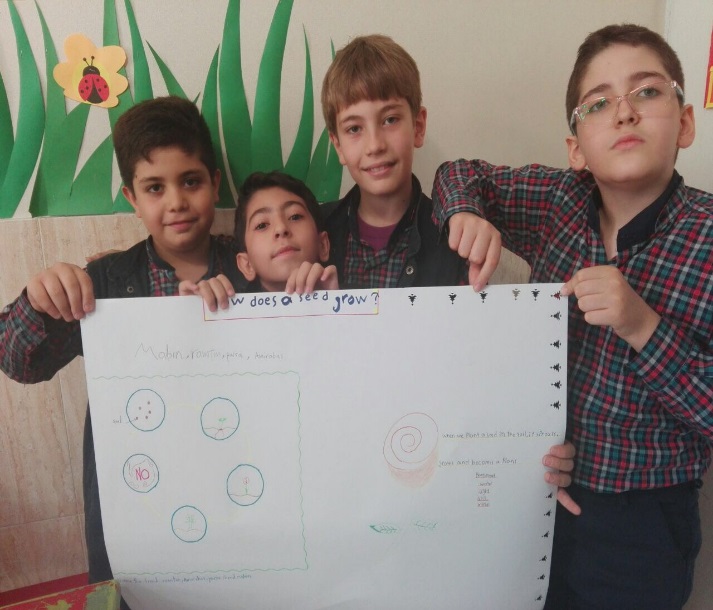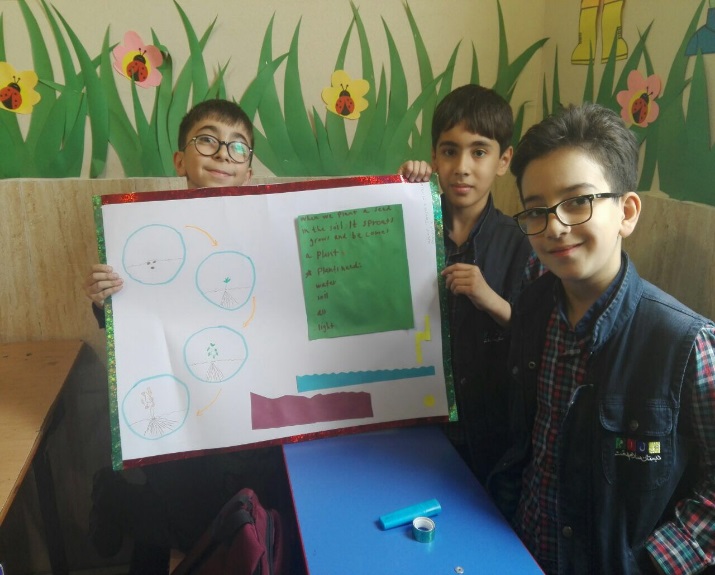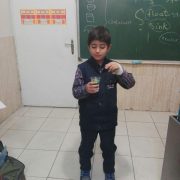Newsletter- Ordibehesht2
Dear parents:
You are kindly informed that in our English class these subjects have been covered in 4 weeks since 5th to 3oth May.
|
Skills |
Contents |
|
Reading |
· Understanding information in sentences and short texts (about rainforests) · Understanding general and specific information in short texts about nature and rainforests · Understanding general and specific information about forests around the world · CLIL (Geography): The Amazon Rainforest |
|
Writing |
· Writing nature words · Completing sentences with prepositions · Providing written answers to questions |
|
Listening |
· Identifying places and elements in rainforests · Listening to words and sentences and repeating them |
|
Speaking |
· Saying words and sentences about nature and rainforests · Chanting and singing |
| Vocabularies |
| · Nature 1: bridge, hut, nest, valley, vines, waterfall
· Prepositions of place: between, near, over · Nature 2: coast, hills, lake, sea · Prepositions of movement: across, around, past, towards, through |
| Structures |
| · Where’s the (bridge)?
· It’s (over the pond). · Where are the huts? · They’re (between the valley and the waterfall). · Did you walk around the lake? · Yes, I did. · No, I didn’t. |
نسخه فارسی:
والدین محترم
احتراماً به اطلاع می رساند مطالب ذیل از تاریخ ۱۵ اردیبهشت ماه تا ۹ خرداد در کلاس زبان کار شده است.
| کلمات |
| · کلمات مربوط به طبیعت
· اشنایی با حروف اضافه مکان · اشنایی با حروف اضافه حرکتی |
| دستور زبان |
|
· Where’s the (bridge)? · It’s (over the pond). · Where are the huts? · They’re (between the valley and the waterfall). · Did you walk around the lake? · Yes, I did. · No, I didn’t. |




